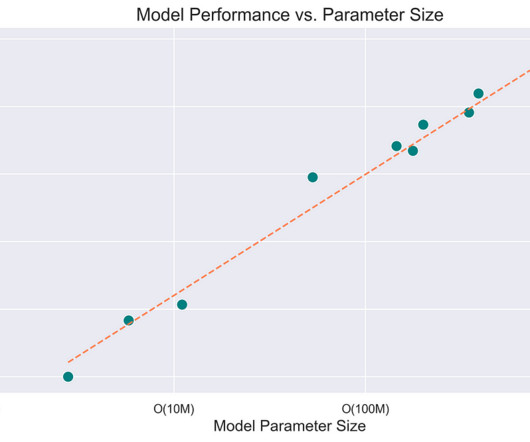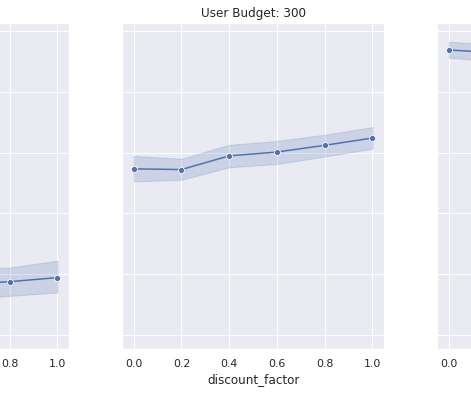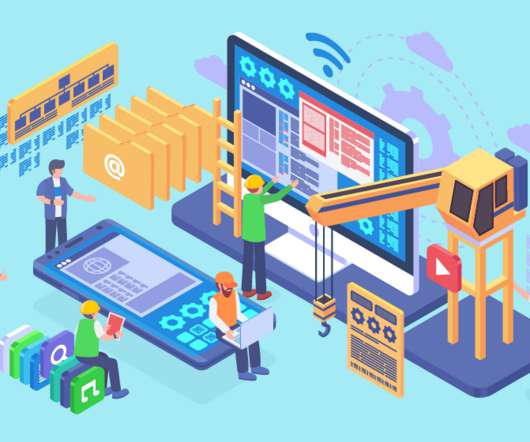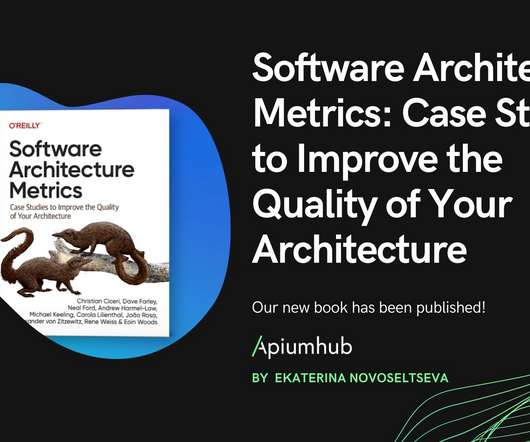Foundation Model for Personalized Recommendation
Netflix Tech
MARCH 28, 2025
By Ko-Jen Hsiao , Yesu Feng and Sudarshan Lamkhede Motivation Netflixs personalized recommender system is a complex system, boasting a variety of specialized machine learned models each catering to distinct needs including Continue Watching and Todays Top Picks for You. Refer to our recent overview for more details).






















Let's personalize your content